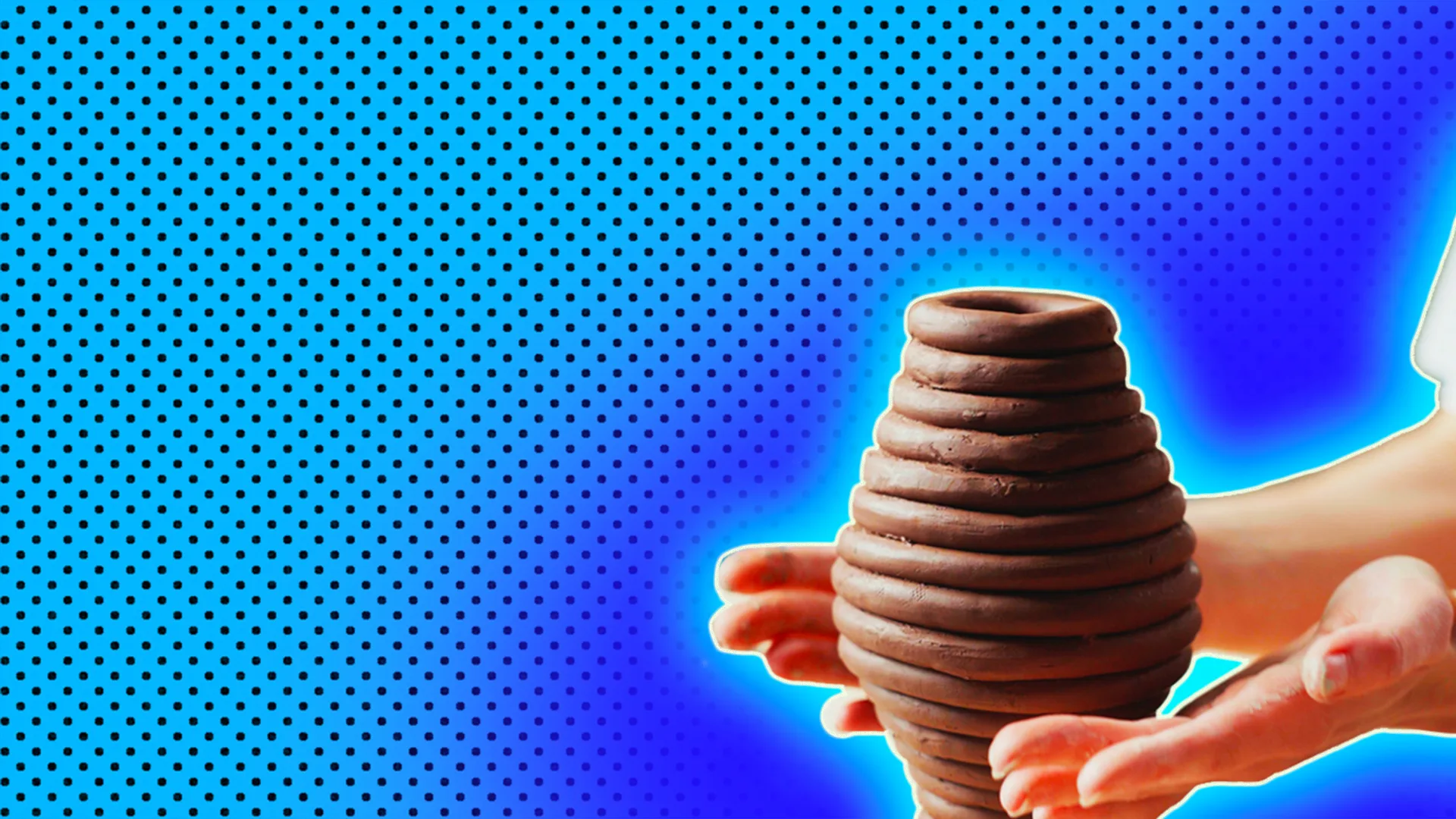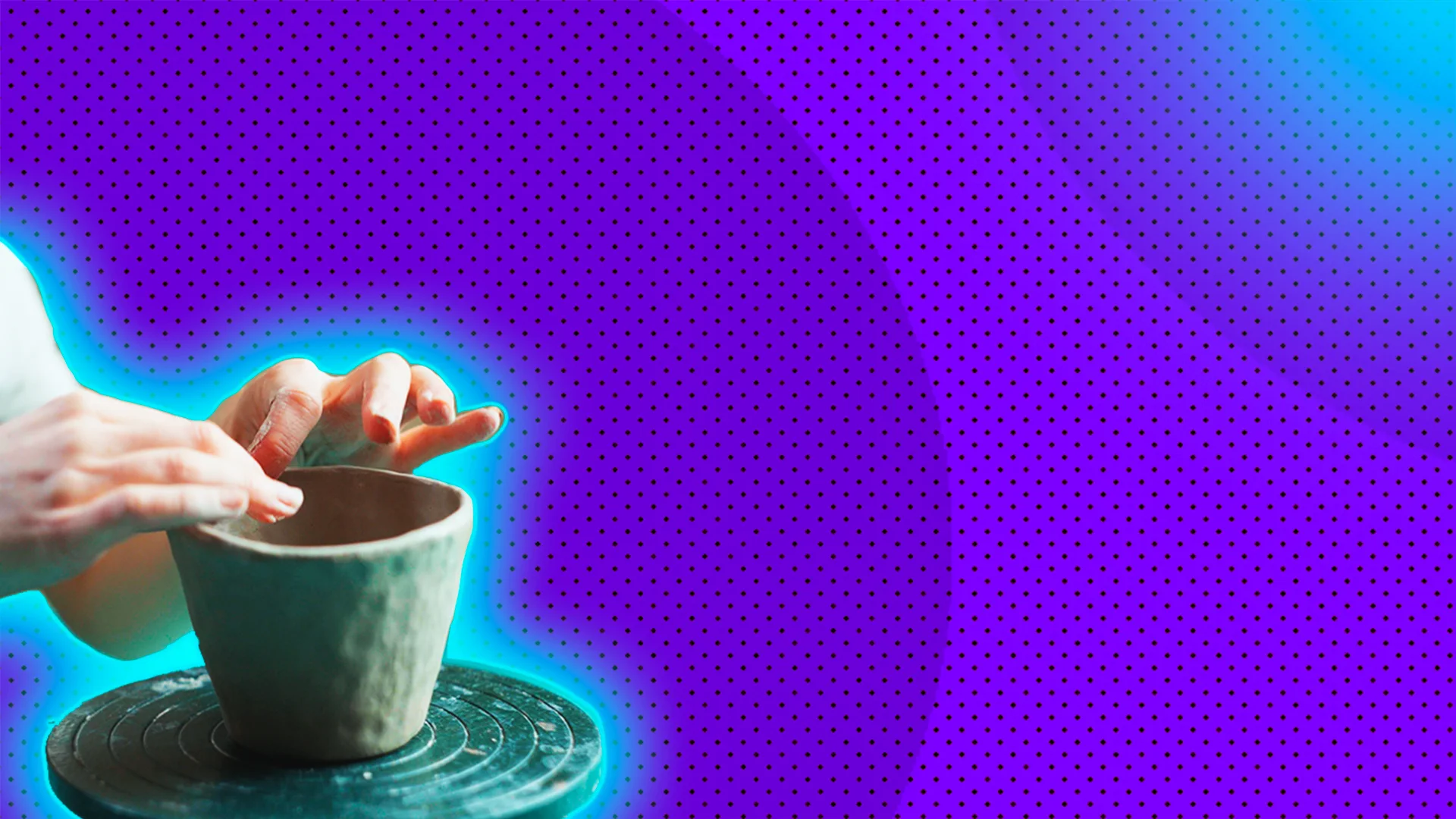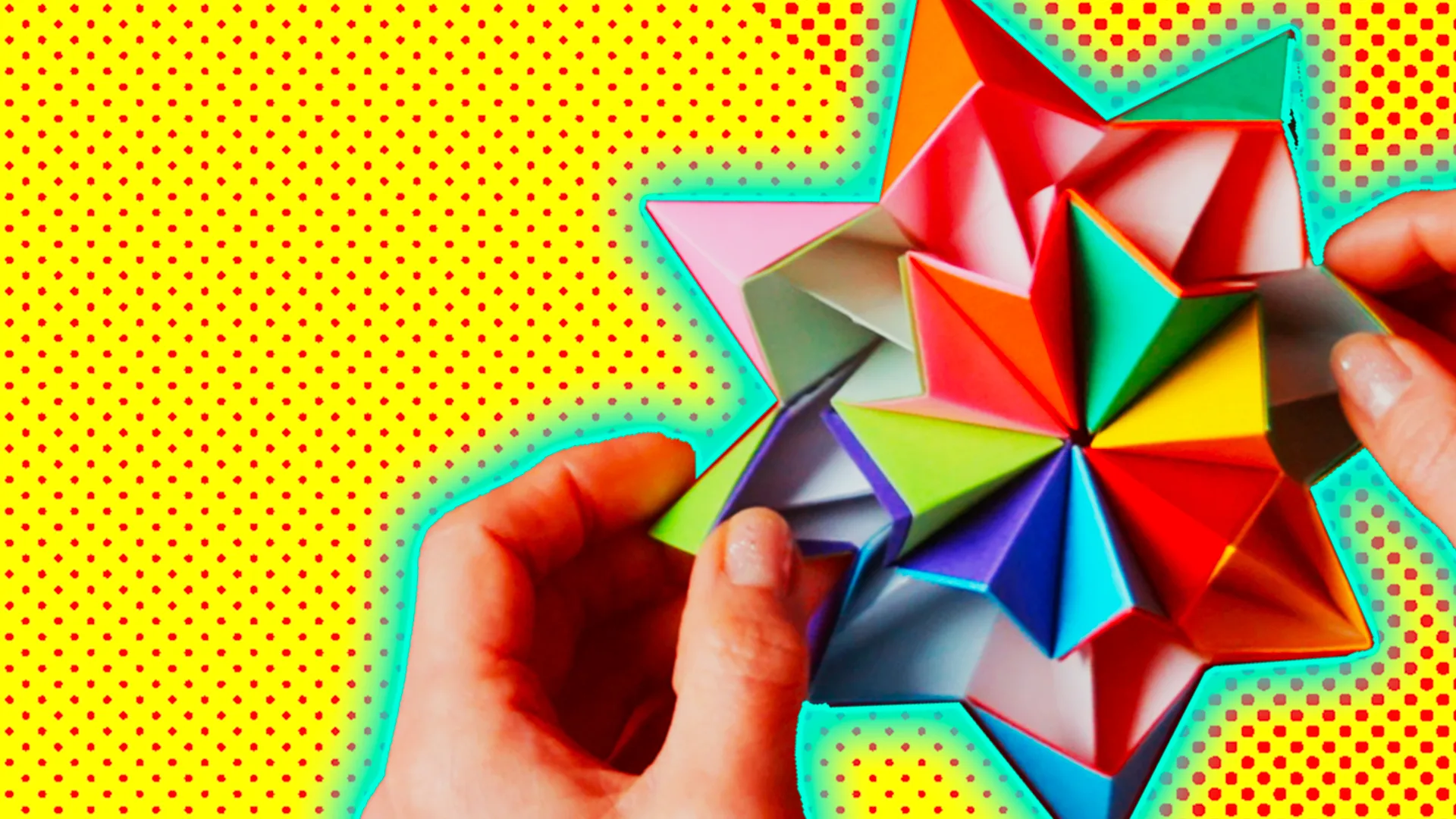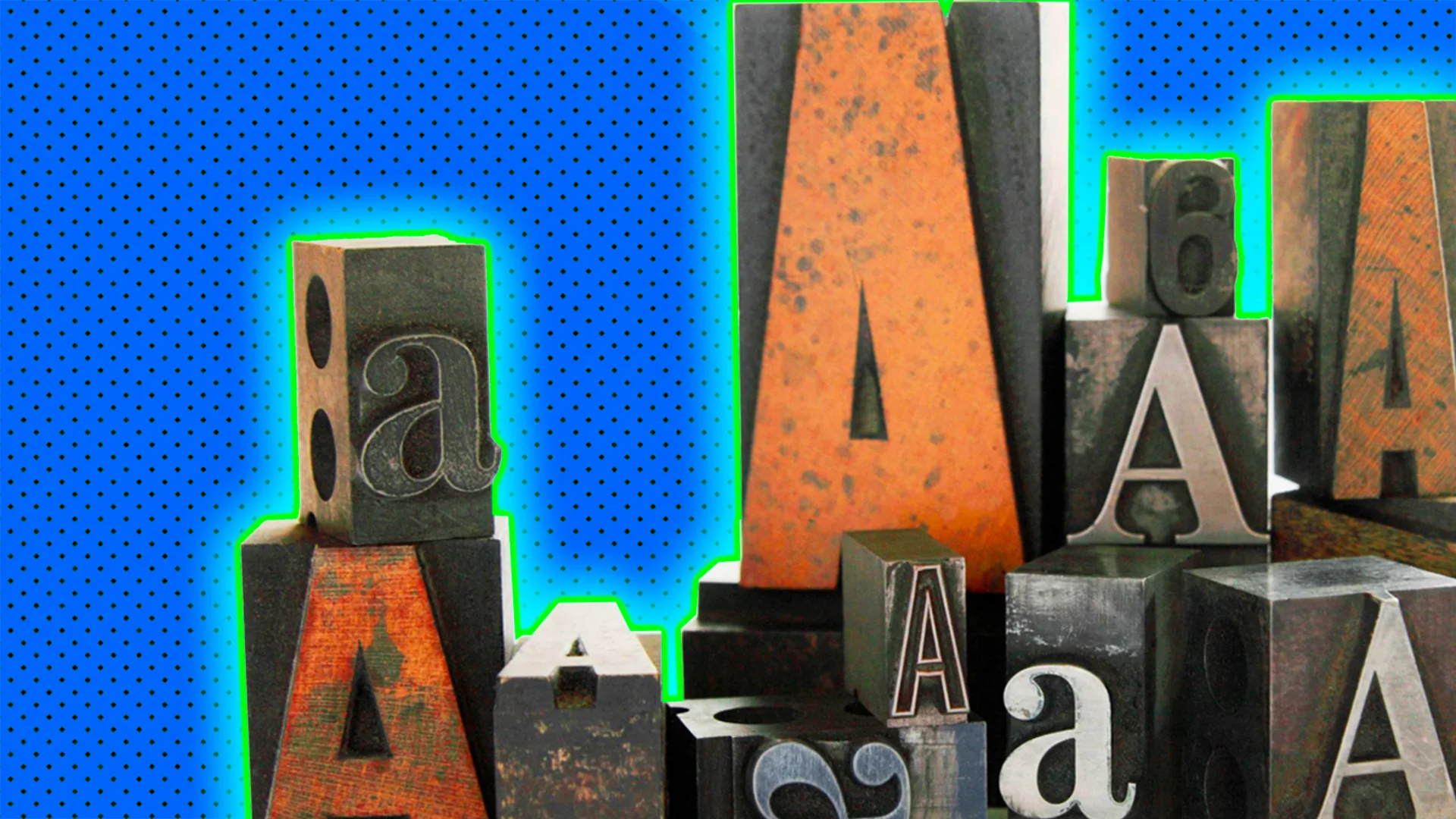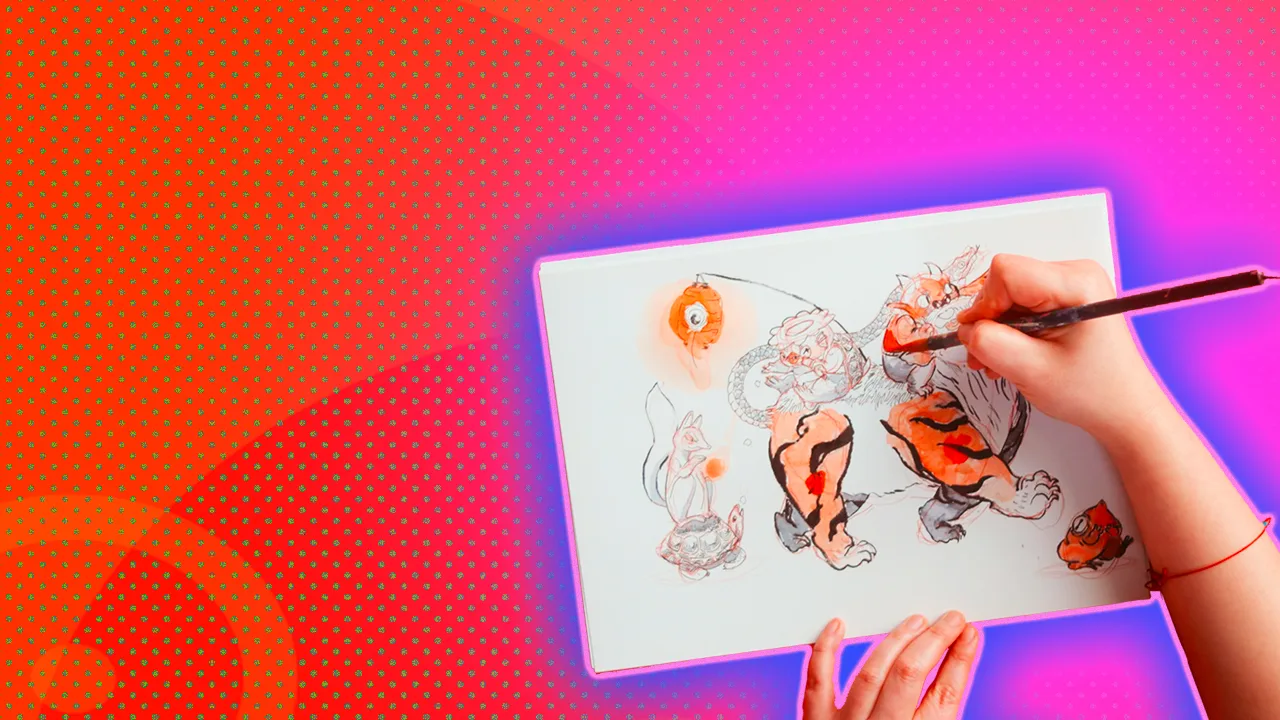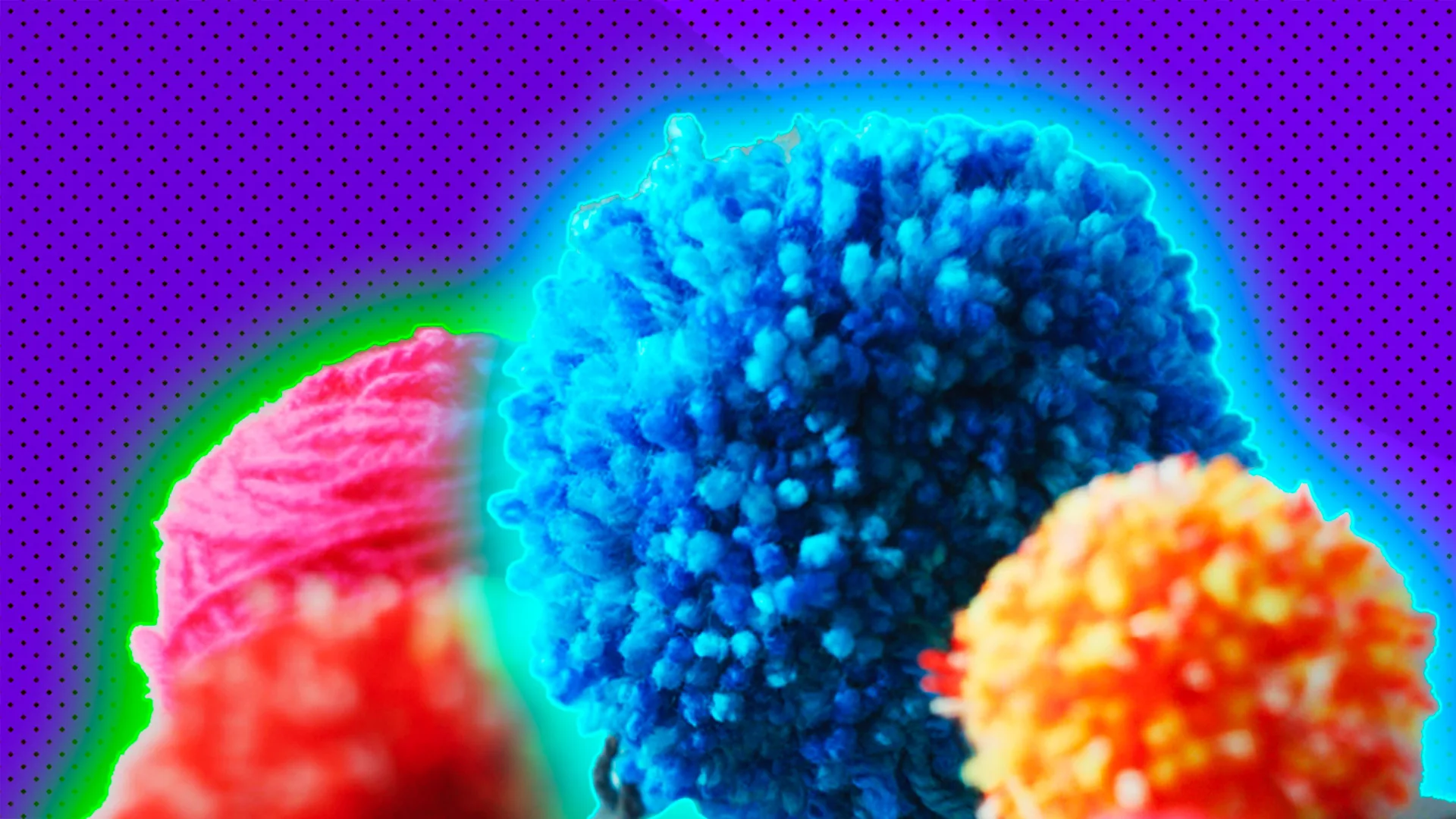Lee Miller was a remarkable woman who had an insanely interesting life – from model to photographer to Surrealist artist, war correspondent and gourmet chef! From the glamorous world of fashion to the gritty front lines of World War II, she left a lasting impact wherever she went. Known for her fearless spirit and creative mind, Lee Miller not only captured stunning and sometimes disturbing images, but also broke boundaries in a male-dominated field. Find out more about this absolute icon!
Model to Photographer
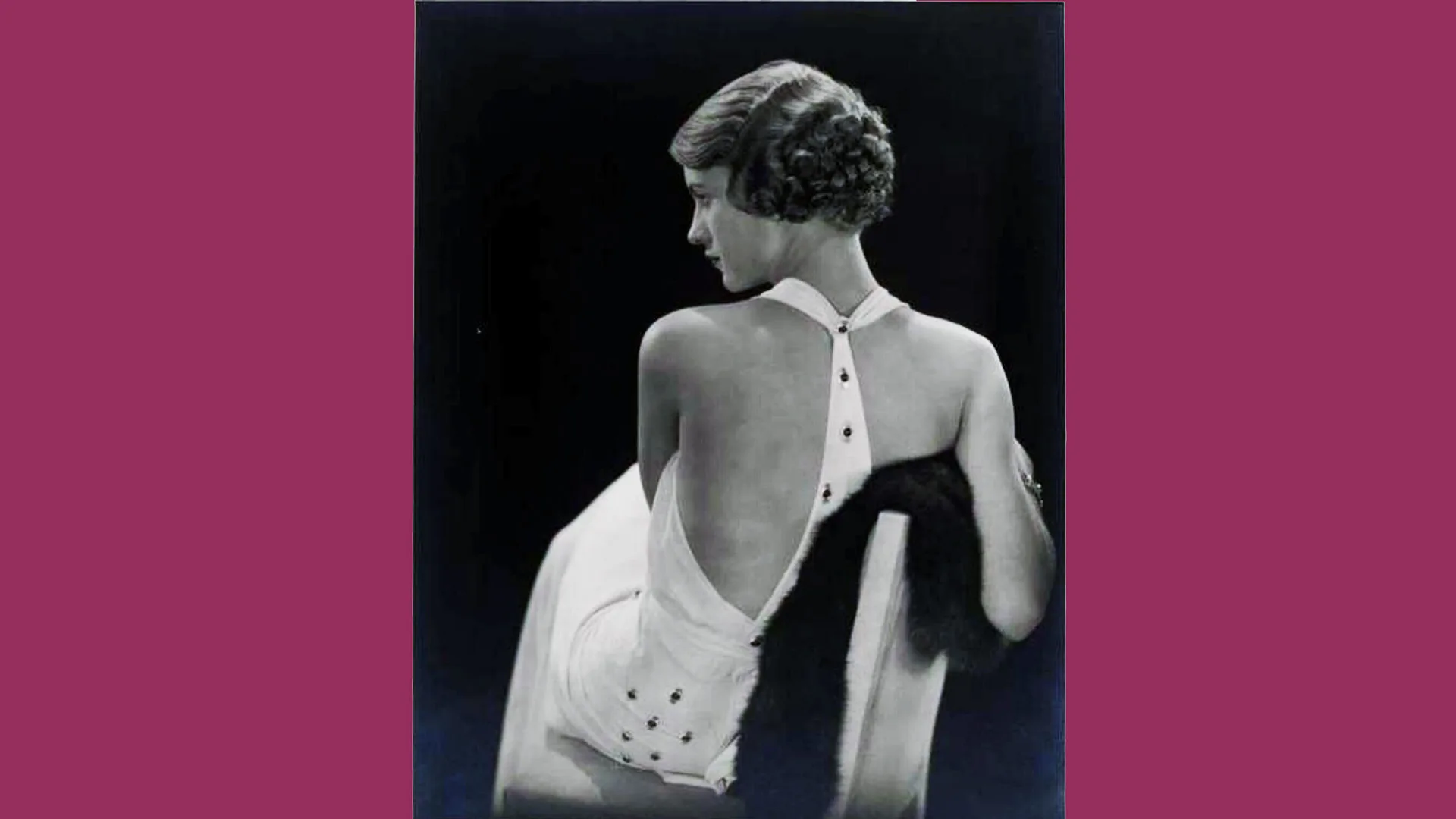
Lee Miller started her career as a model in New York City, appearing in fashion magazines like Vogue. She then became a famous photographer herself, picking up every photography assignment she could, including portraits, fashion and eventually capturing powerful images during World War II.
Surrealist muse
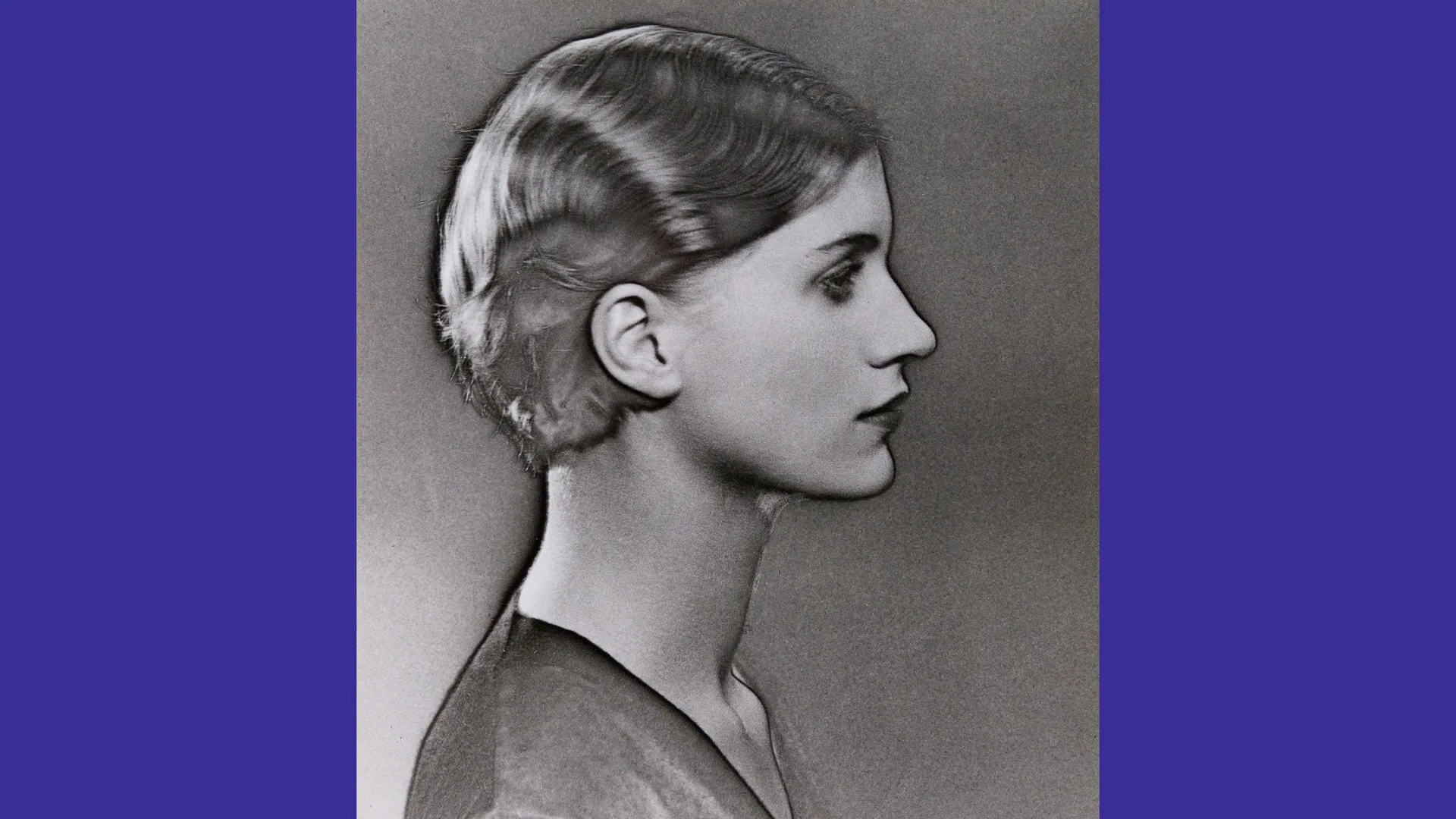
In the 1920s, Lee moved to Paris and became involved in the Surrealist art movement. She was friends with famous artists like Pablo Picasso and even inspired some of their work. Lee Miller became close with the surrealist artist Man Ray and became his muse. A muse is someone who becomes the source of inspiration for an artists’ work. Together, they developed the “solarization” technique, a unique photographic effect that became popular in art photography, shown in the photo above of Lee.
War correspondent
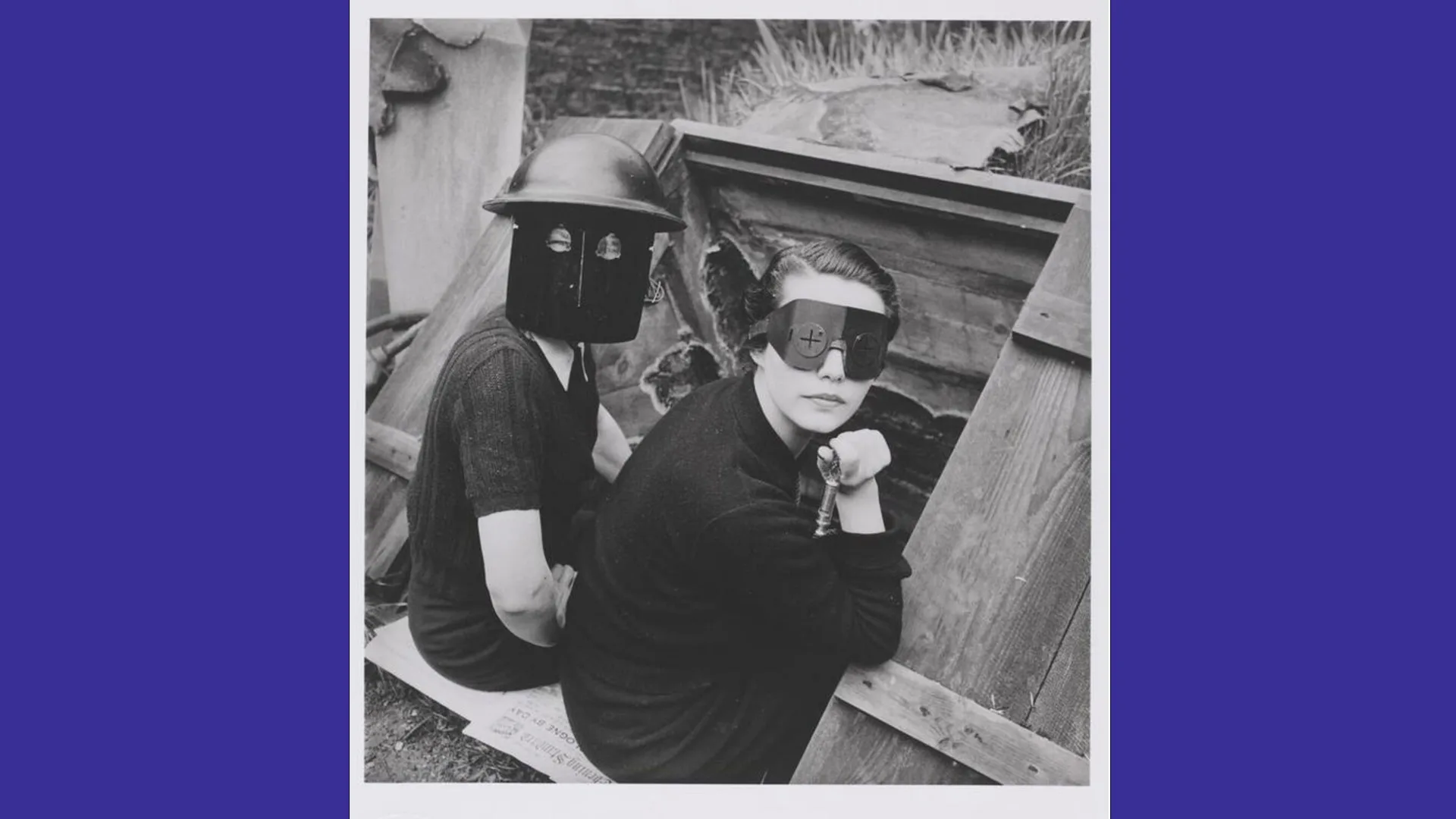
During World War II, Lee Miller worked as a photojournalist for Vogue magazine. She was one of the few women allowed to be on the front lines, taking photos of key events like the D-Day invasion. She also covered the horrors of war, going into concentration camps and Hitler’s abandoned apartment in Munich, where she took a famous photo of herself sat in his bathtub.
Post-war transition
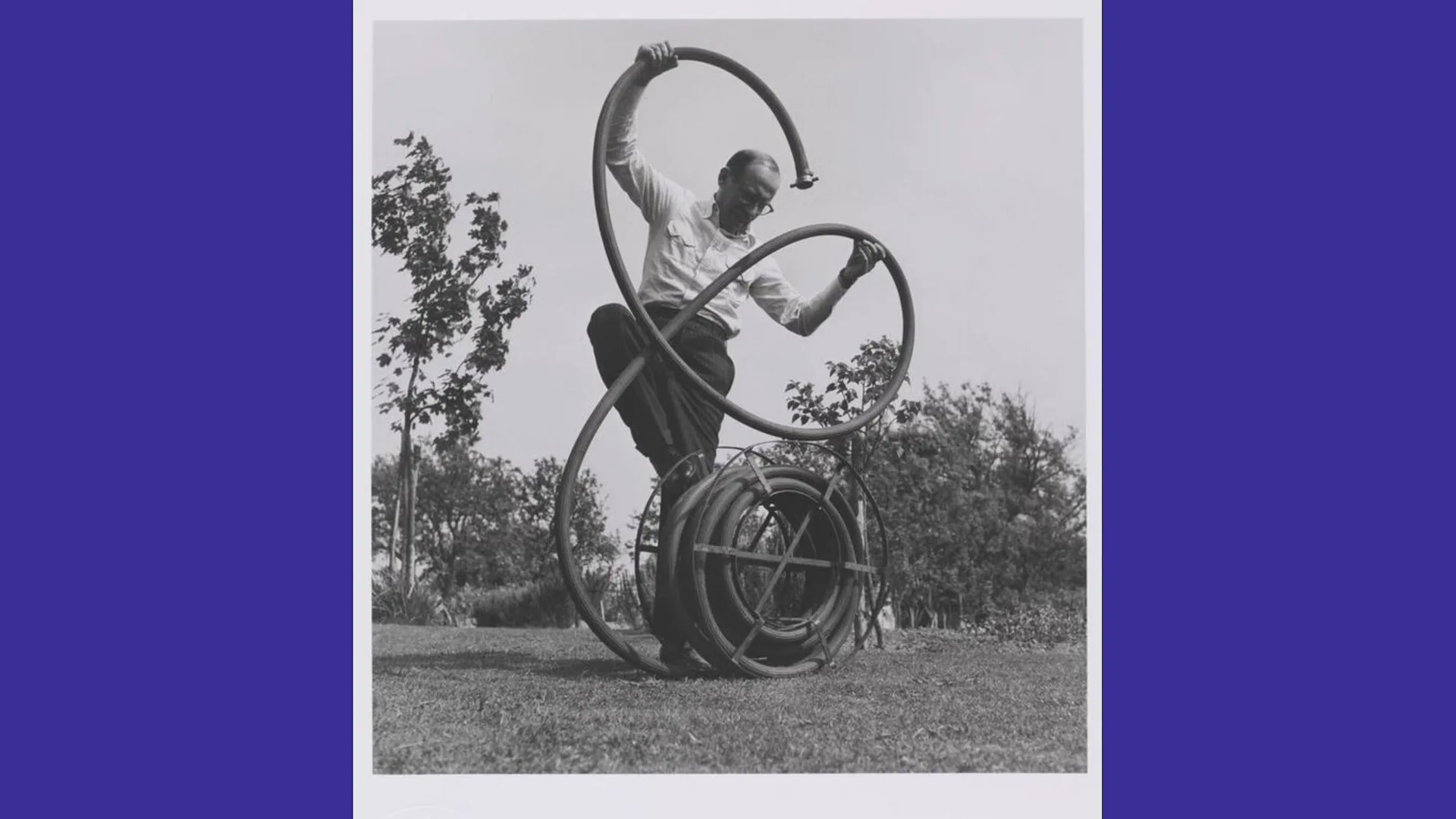
Following the war, Lee married British Surrealist artist and poet Roland Penrose, whom she had met earlier in Paris. They settled in a farmhouse in Sussex, England, where she moved her focus from photography to domestic life and raising their son, Antony Penrose. She still continued to capture images though, taking this one of her friend in their garden, wrestling with a hose!
She loved cooking
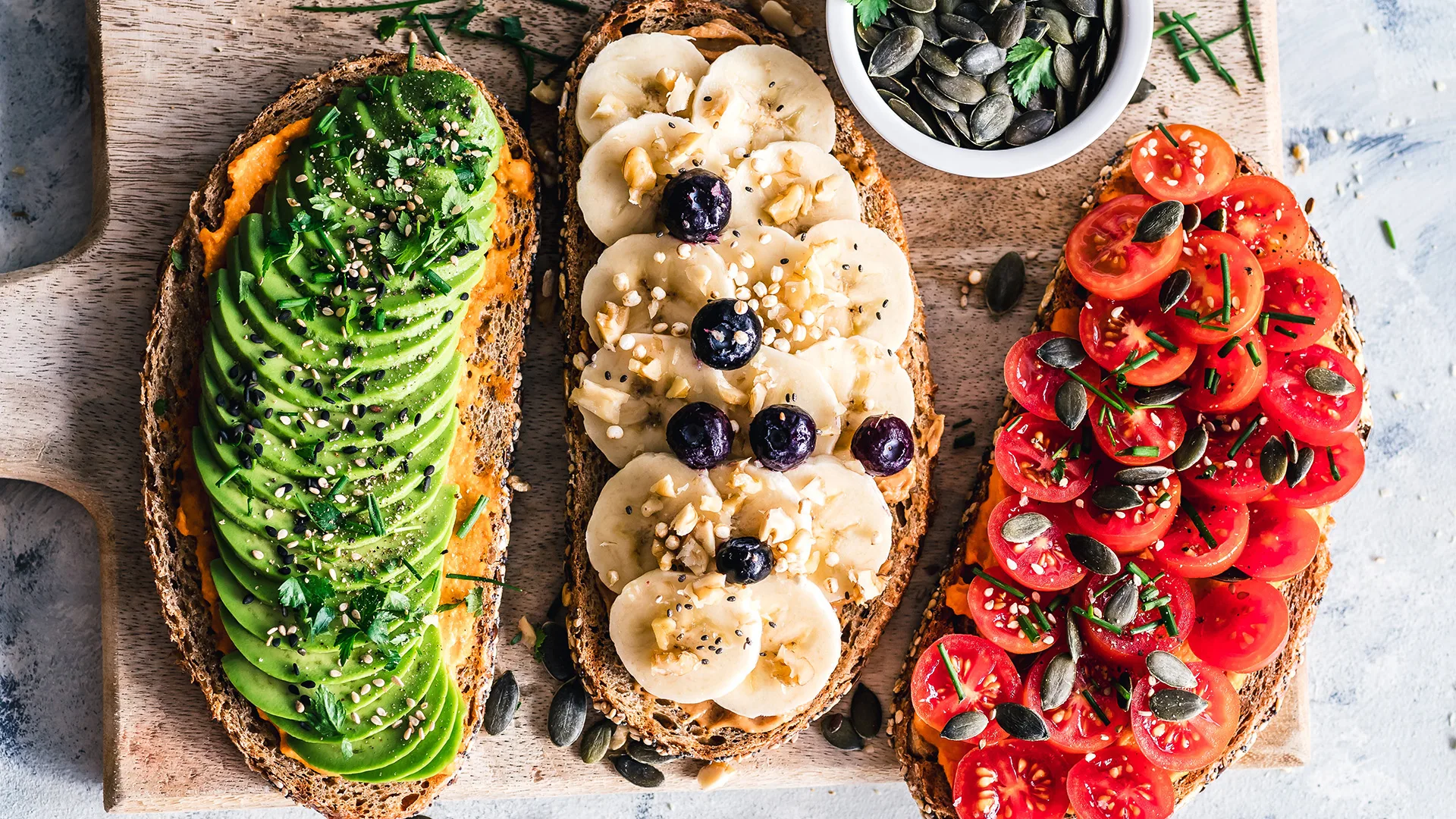
Lee Miller found solace and a new creative outlet in cooking. She became known for her elaborate and imaginative recipes, often hosting dinner parties for a circle of friends that included some of the most influential artists of the time, like Pablo Picasso, Joan Miró, and Man Ray. Yummy!
Rediscovery of her photography
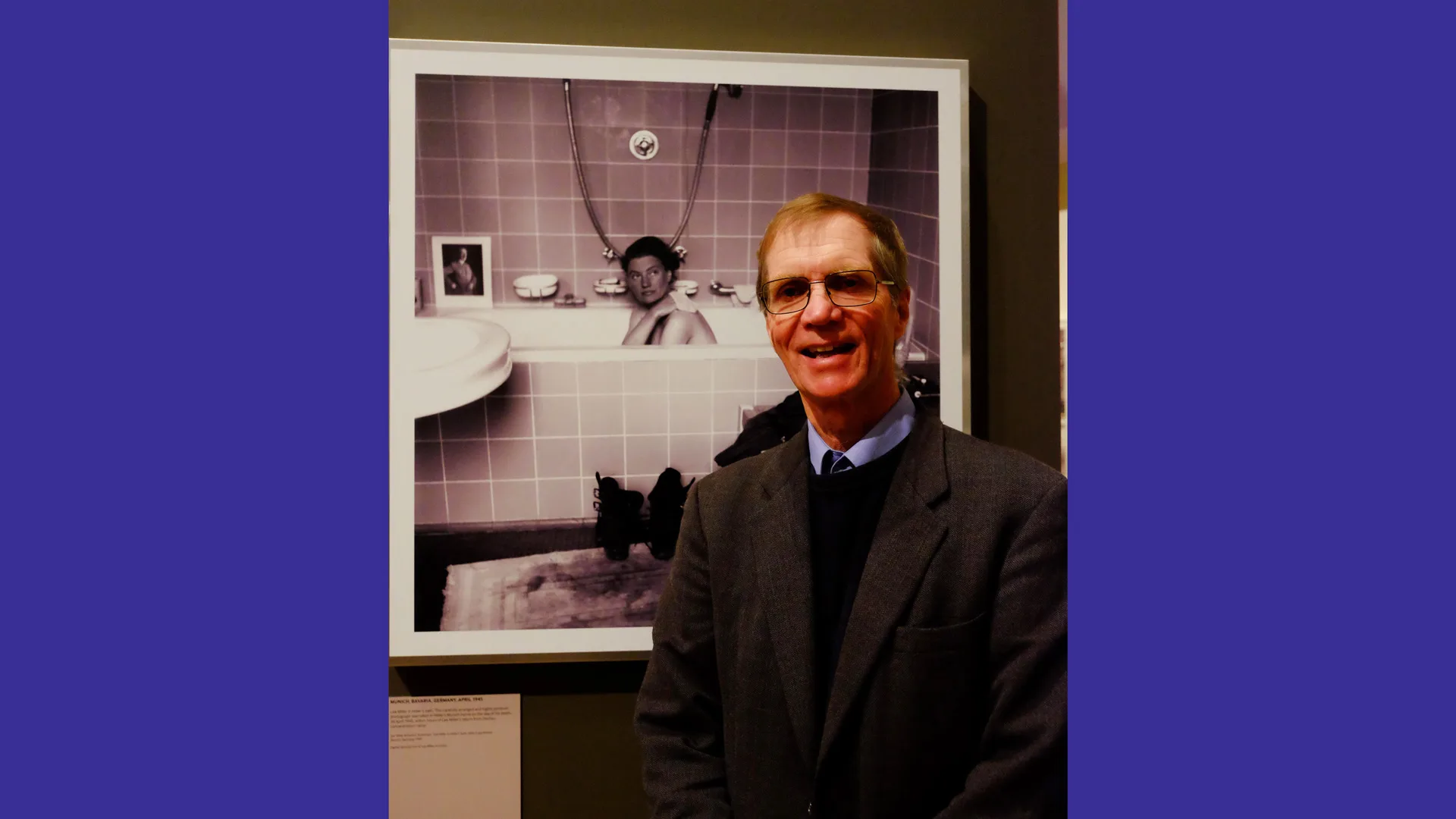
Lee Miller’s son, Antony Penrose, discovered her collection of photographs, negatives, and manuscripts after her death in 1977. This rediscovery led to a renewed interest in her work, and her photographs began to be showcased in galleries and exhibitions around the world.
Influence on feminism
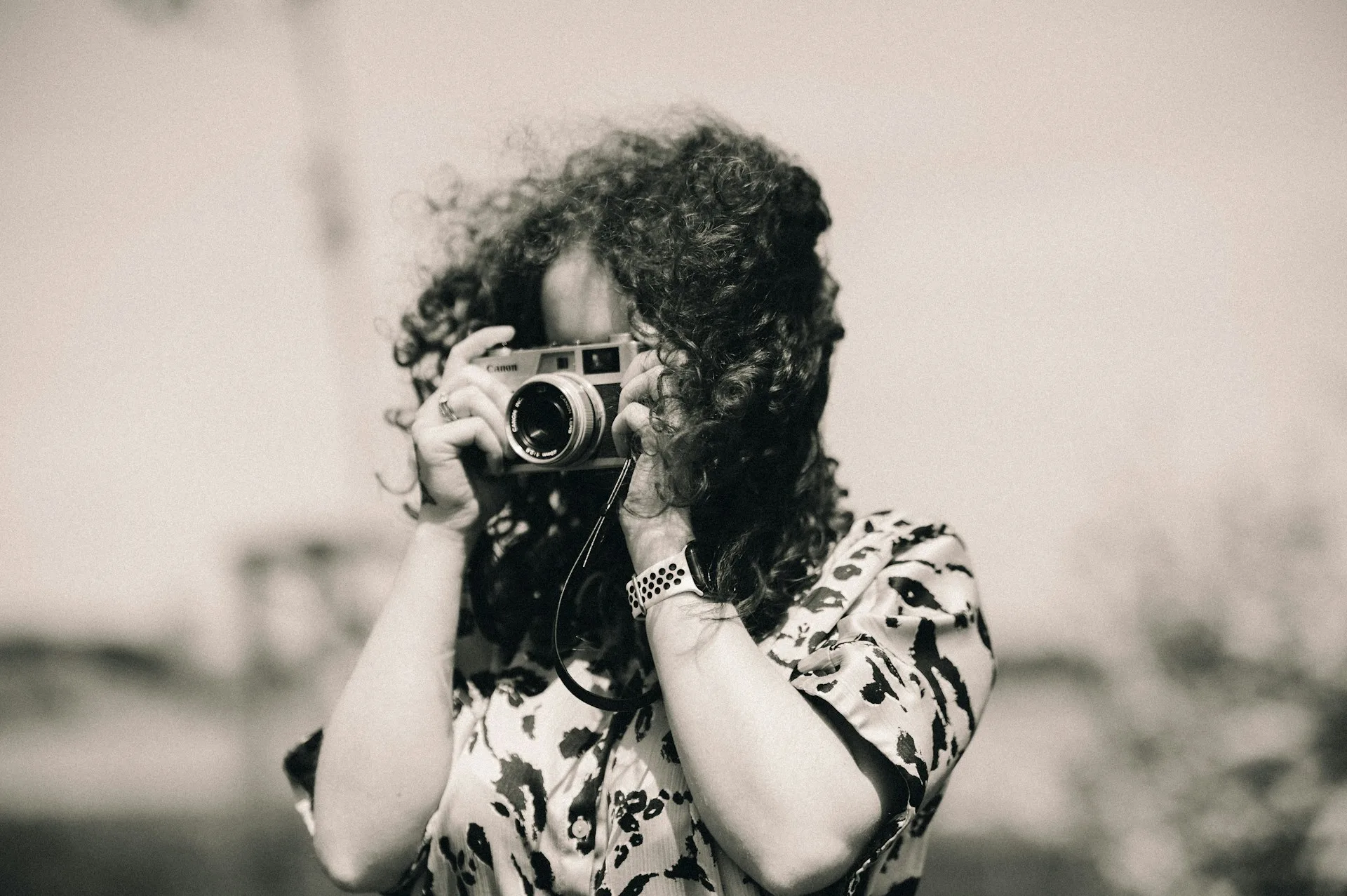
Although Lee Miller did not identify as a feminist during her lifetime, her fearless approach to both her career and life broke many gender norms of her era. Her legacy continues to inspire conversations about the roles of women in art, media, and society and she has inspired many female photographers since.
Recognition and honours
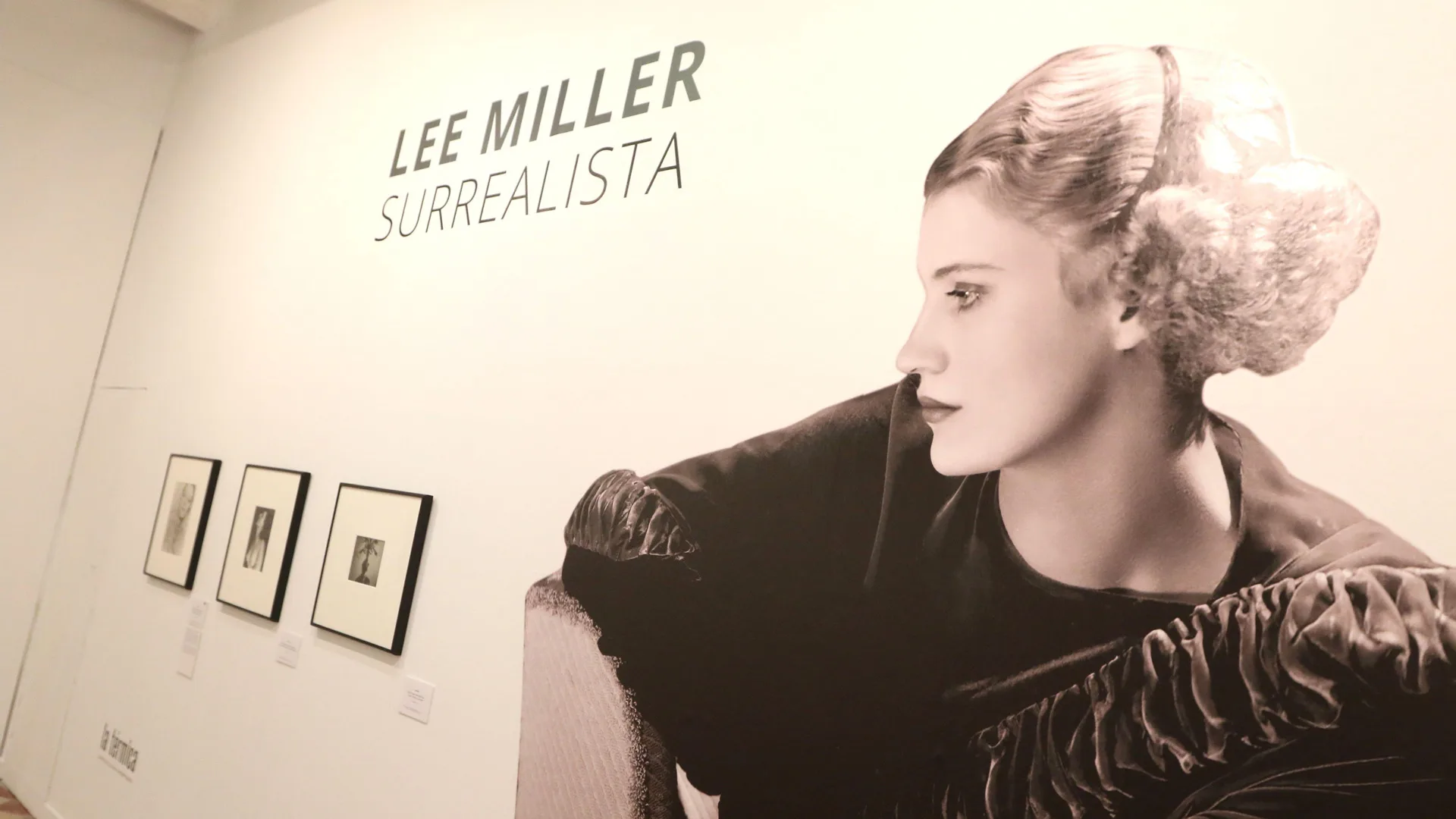
In the decades following her death, Lee Miller’s work has been recognised with numerous exhibitions, such as here at the V&A, as well as the International Center of Photography in New York. Her contributions to photojournalism and art are now widely acknowledged and celebrated. Do you feel inspired to go out and take some photographs, or maybe create an artwork? Go for it!






